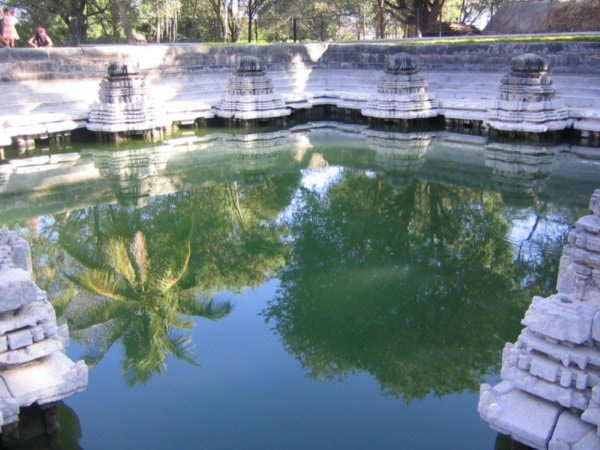We think of swimming pools as a modern-day luxury, but they have a long and intriguing history. Archaeologists discovered one that dates back as early as the 3rd millennium BC. The “Great Bath,” discovered in the Pakistani settlement of Mohenjo-daro, is considered the earliest public tank. Now a World Heritage Site, Mohenjo-daro is said to have been one of the most advanced cities of its time, with sophisticated civil engineering and urban planning that included a great public pool, most likely reserved for religious functions and purification.
It wasn’t until later, in ancient Egypt, Greece and Rome, that the pool’s purpose expanded beyond ceremonial and practical uses to include education, military exercises, athletic training, socializing and more. Eventually the Romans built the first dedicated “swimming” pools, which were separate from bathing pools. Gaius Maecenas, a rich Roman lord, gets credit for building the first heated pool back in the first century BC.
Fast forward to the early 1800s in Britain. Swimming pools and swimming clubs were popping up everywhere. The United States lagged behind, with the first modern in-ground pool not appearing until 1915 in Austin, Texas. The Deep Eddy Pool is now a historic landmark and still operates today.
But it wasn’t until after World War II that the residential pool industry took off. The economy improved, Hollywood thrived, and Americans got a look at how the rich and famous lived — at least in the movies. The swimming pool became a status symbol of the rich and famous.
Today there are millions of residential pools across the country, in cities and suburbs, on modest properties and vast estates. It’s a “luxury” many can afford and others deem essential to a happy, healthy lifestyle.
Maybe centuries from now, archaeologists will look back and marvel at this point in history, wondering why every home didn’t have a pool.


Recent Comments